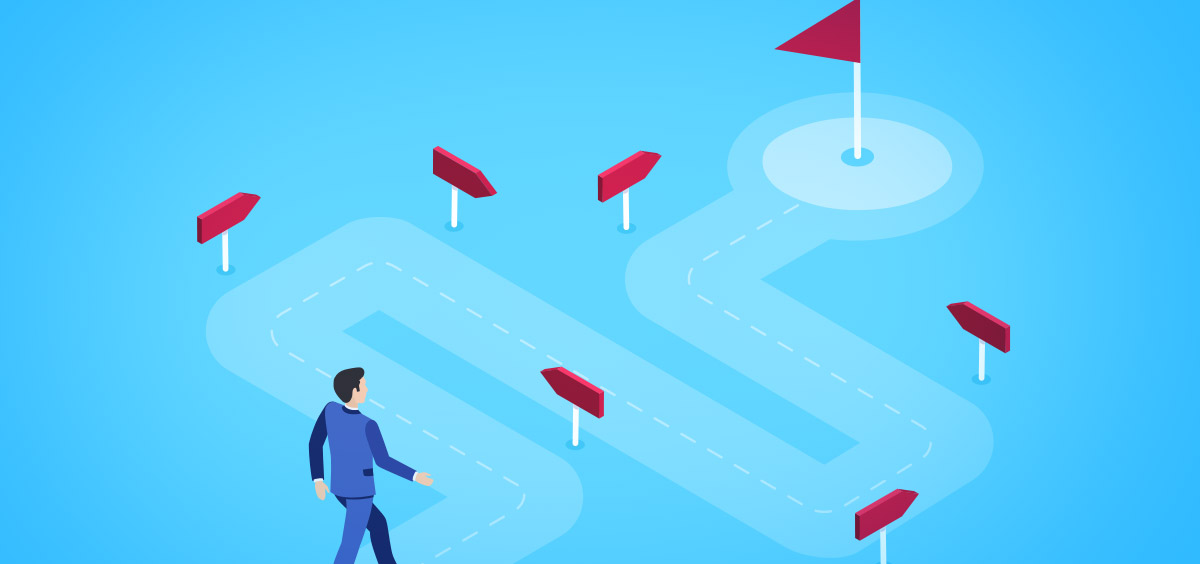
A recently published book making waves in the market research world is “How Hard is it to be Your Customer?” by Jim Tincher and Nicole Newton. This incredible and inspiring book presents a question most companies shudder to consider - When’s the last time you had to speak with someone at these companies to make a purchase? How easy is it to find what your customers are looking for? People, including B2B purchasers, have been spoiled by companies like Netflix, Apple, and Amazon. The reality is, much like Undercover Boss, there’s probably a lot the organization does not know about when it comes to the actual customer journey and experience.
Market Research can help bridge the understanding of a person’s journey from prospect to customer. Research will provide not only a qualitative context to the journey, but also quantitative measurements of potential opportunities as well. In the book, Customer Insights/Market Research were by far the most represented (more than IT, Marketing, and Sales) in helping map out the customer journey. That’s because touchpoints (a click, a sales call) only represent a small instance of a client’s interaction, and usually one that is taken out of context. Whereas a holistic approach to the context of the entire journey can help span the technology, marketing, and sales of your customer’s journey from the beginning of relationship through the closed sale, won or lost.
The top research methodologies used are in-person interviews, in-person focus groups, and online surveys. Simply put, there is no substitute for talking with actual customers to help improve their journey with your company and help make doing business with you more seamless. Clickthrough data, Google Analytics, and “marketing automation” are all excellent sources of information as to “what” was clicked on, but none of these solutions can answer the question of “why” the customer took the action.
Mapping your customer’s journey is strongly related to the benefit of doing market research in general. Many companies start mapping Customer Journey with the purpose of improving their NPS score, building their customer loyalty and improving their new product development. Once you have the courage to ask yourself “how hard is it to be our customer?” then start getting the research data you need to answer it with “not hard at all”.
